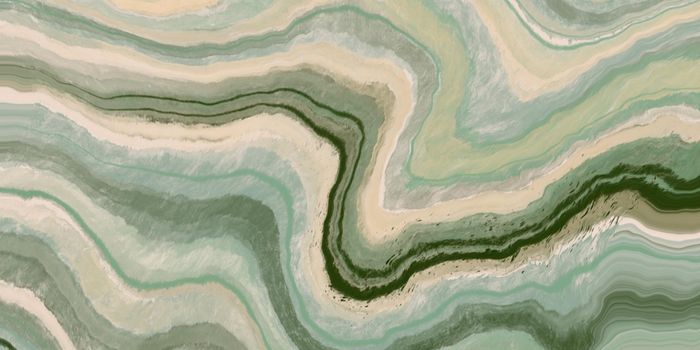Subglacial Lake Sediment May Be Nourishing Microbial Life
Microorganisms can be found basically everywhere on earth, from hydrothermal vents to hot, desert soils, to lakes underneath glaciers in the Antarctic. Scientists investigated the subglacial Lake Whillans, which sits about 800 meters below the surface of Antarctica and is a part of an interconnected water system. Samples were collected and brought back to a laboratory environment that lacked oxygen and was about zero degrees Celsius, to mimic the native habitat. The researchers found that the sediment may provide crucial nutrients and energy for microbial life. The findings have been reported in Communications Earth & Environment.
"Although the study focused on samples obtained from a single subglacial lake, the results could have much wider implications. Subglacial is part of a large interconnected hydrological system, so erosion taking place upstream could represent a potential source of biologically important compounds to this and other lakes within the system that might harbor thriving communities of microbial life," explained lead author study Dr. Beatriz Gill Olivas, a postdoctoral researcher at the University of Bristol.
This study suggests that after being incubated for 41 days, and crushed to a 10 centimeter depth, the sediments could still provide up to 25 percent of the methane that these microbes might depend on for survival (they're methanotrophs). The crushing and incubation also generated hydrogen and carbon dioxide gases. The researchers suggested that these gases might be used by methanogens, microbes that produce methane, and this could explain the variable methane levels in Lake Whillans.
Measurable levels of ammonium were also detected. Lake Whillans is home to microbes that can generate energy through nitrification or ammonium oxidation.
"Our previous understanding suggests the structure and function of subglacial ecosystems depends on the presence of redox species and redox gradients within liquid water. This study shows the process of erosion could potentially split water on freshly abraded mineral surfaces and produce hydrogen [a reducing species] and hydrogen peroxide [an oxidizing compound], creating a redox gradient and providing a previously unrecognized source of energy to microbial ecosystems," Olivas explained.
"Only two previous studies have looked at the potential influence of erosion on subglacial energy and nutrient sources, which involved crushing largely unweathered rock samples. This is the first study to use highly weathered, ancient marine sediments, yet concentrations of gases measured largely agreed with previous results.
"Whilst these experiments do not reflect the true extent of erosion under glaciers, they do hint at the potential for the crushing of sediments to supply important sources of nutriment to subglacial ecosystems," Olivas added. "Further study is now needed to identify the complete range of reactions resulting directly from erosion processes and how they may vary with differences in the underlying sediment."
Sources: AAAS/Eurekalert! via University of Bristol, Communications Earth and Environment










